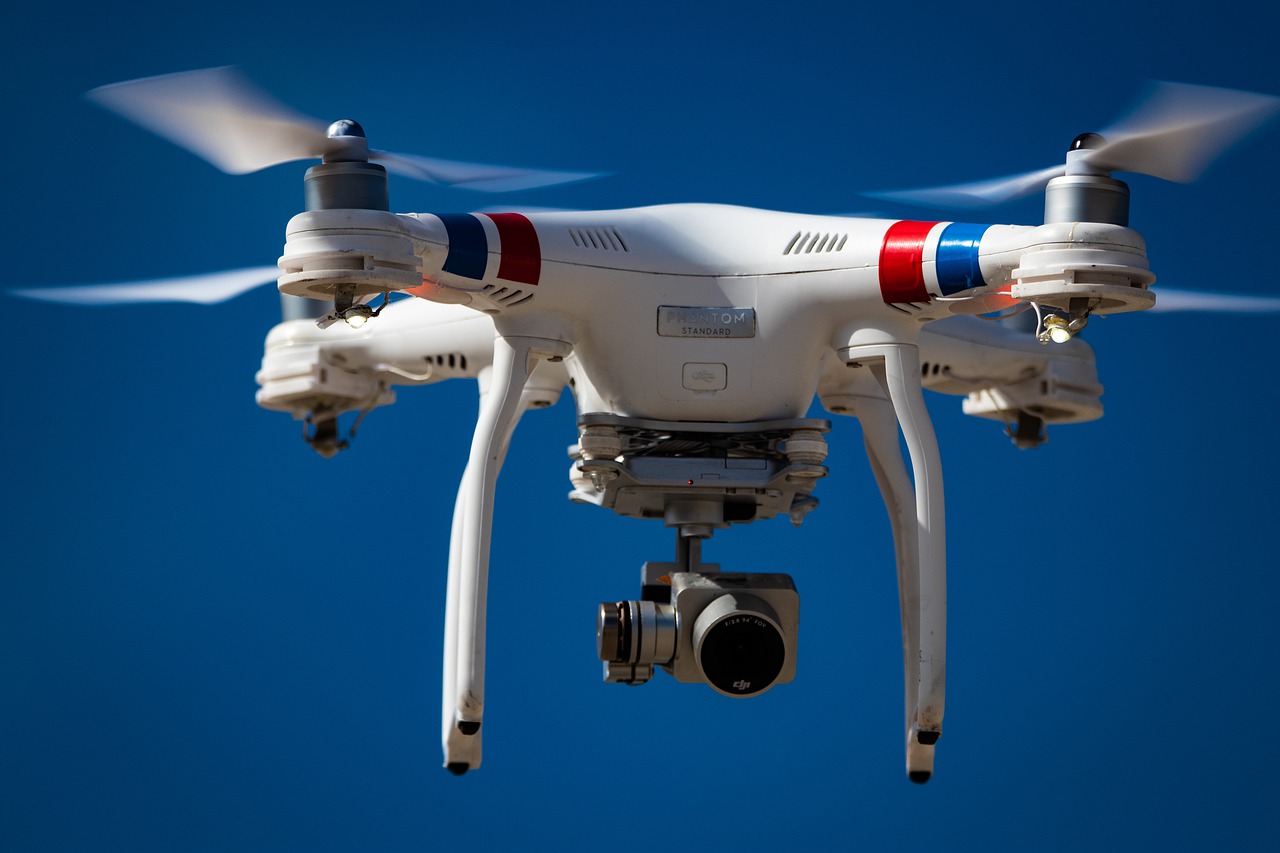This post is also available in:
 עברית (Hebrew)
עברית (Hebrew)
The Department of Homeland Security is testing counter-drone systems. According to an assessment released by agency, the United States Border Patrol is in the midst of tests of counter-drone systems near agency facilities and ports of entry. The tests are designed to gather information about the use of drones by drug smugglers and other criminal organizations at the border and to determine what the Border Patrol needs by way of response. Additionally, the tests designed to inform Border Patrol training and to evaluate existing technologies.
Under the terms of the testing, the Border Patrol’s rules of engagement include disabling unknown or threatening drones, but the document notes that agents ” will attempt to approach the [unmanned aerial system] operator directly to discuss the threat before employing C-UAS mitigating technology.”
The Preventing Emerging Threats Act of 2018, which was folded into the FAA legislation, gives DHS the authority to track, disrupt, disable and destroy unmanned aircraft that threaten assets covered by the law – including the mission of the Federal Protective Service to safeguard government buildings, according to washingtontechnology.com.
The US federal government is increasingly concerned with the flood of small drones into the commercial market, some of which could be used in menacing ways, such as harassing commercial flight operations.
The DHS statement outlines privacy risks of the counter-drone technology testing, noting that while inadvertent or incidental capture of personally identifiable information is possible in counter-drone technology testing, it “is usually unlikely due to the angle and focus of the camera technologies being used.”
Those tests, said the document, aren’t looking to collect personal data from bystanders or surrounding areas. It said it plans to post signs and mark test areas where they bump against public areas, as well as label detour routes around test sites so people can avoid them.
Radio and radar technologies do a lot of the work collecting data such as FAA registration numbers and control protocols. DHS and its components will assess anti-drone technologies at agency test and evaluation sites, such as national laboratories, government-owned and operated test ranges, other DHS-developed test sites, component areas of responsibility, DHS facilities, or other covered assets which could include airports, including airports and federal facilities.
Despite the caution, DHS conceded a “remote possibility” that counter drone systems could capture images with PII as it monitors airspace or pans cameras to follow a potential threatening aircraft. It also said acoustic sensors on the systems might inadvertently overhear human audio, “such as an outdoor conversation.”


























